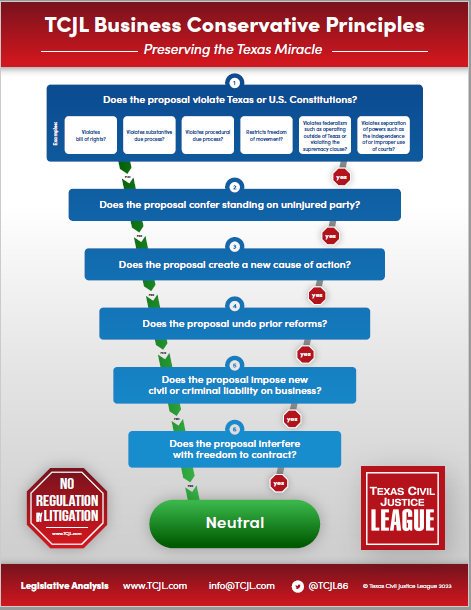 The Texas Supreme Court has reversed a divided El Paso Court of Appeals’ ruling that a plaintiff in a commercial trucking case presented more than a scintilla of evidence to overcome defendants’ no-evidence summary judgment motion where plaintiff didn’t have any evidence at all.
The Texas Supreme Court has reversed a divided El Paso Court of Appeals’ ruling that a plaintiff in a commercial trucking case presented more than a scintilla of evidence to overcome defendants’ no-evidence summary judgment motion where plaintiff didn’t have any evidence at all.
Osvanis Lozada and TELS, Inc. v. Cesar R. Posada (No. 23-1015; June 20, 2025) arose from a collision between two commercial tractor-trailers on I-10. Lozada, an employee-driver of TELS, was driving through fog under the speed limit when his right front tire depressurized. His tractor-trailer jackknifed and came to rest across I-10’s two lanes of traffic but before he could move from the road, Posada hit him. Posada brought suit for negligence and negligence per se and sought to hold TELS vicariously liable. Lozada filed a no-evidence MSJ, arguing that there was no evidence that he breached an applicable standard of care or proximately caused the accident. The trial court granted the motion. A split El Paso Court of Appeals reversed.
In a per curiam opinion, SCOTX reversed the court of appeals and reinstated the trial court’s judgment. In short, the Court agreed with the dissenting justice, Justice Soto, that Plaintiff offered no evidence that Lozada breached his common-law duty “to act as a reasonably prudent person … towards others on the road” (citation omitted). Additionally, he did not breach any applicable statutory duty regarding speed if a “special hazard exists with regard to … weather or highway conditions.” § 545.351(a), (c)(5), Transportation Code. Posada contended that he presented more than a scintilla of evidence of Lozado’s breach “by over-correcting and/or driving at an excessive speed.”
SCOTX, however, disagreed. Posada’s summary judgment evidence consisted of Lozado’s deposition testimony and two photographs of the accident scene. That testimony indicated that Lozada was driving below the speed limit in foggy weather, that is tire depressurized, and that the tires appeared in good condition before his trip. The photos didn’t show anything other than two trucks on the highway. “Accidents happen when something has gone wrong,” the Court observed, “but not all accidents are evidence of negligence” (citation omitted). Plaintiff failed to produce the “something else needed” to get past summary judgment, but the evidence showed merely that Lozada did the best he could under the circumstances. The court of appeals erred by accepting Posada’s argument that Lozada’s truck’s position straddling two lanes of traffic (i.e., the accident itself) met his evidentiary burden. The doctrine of Res ipsa loquitor, to the contrary, applies only in rare cases, and “even Posada concede[d] that ‘this case does not present a “res ipsa” issue or other issue where negligence is presumed from the ‘mere occurrence of an injury’ or is found ‘without any evidence as to the nature or circumstances of the defendant’s actual conduct.’”
Posada attempted to argue that the Court should simply disregard Lozada’s testimony as interested (although Posada himself offered it as summary judgment evidence) and that Lozada should have filed a traditional MSJ instead. As to the first argument, the court of appeals ruled that it was up to a jury to evalute Lozada’s credibility. But, SCOTX reminded the court, TRCP 166(a) allows summary judgment to be “based on uncontroverted testimonial evidence of an interested witness … if the evidence is clear, positive and direct, otherwise credible and free from contradictions or inconsistencies, and could have been readily controverted.” Here Posada didn’t controvert anything, “leav[ing] no factual dispute for a jury to resolve.” As to the summary judgment issue, the Court pointed out that Posada had the burden of proof at trial to show that the accident was not caused by unavoidable accident or excuse (citations omitted). SCOTX dismissed Posada’s claims with prejudice.
It is unfortunate that SCOTX had to fix this because the court of appeals majority plainly didn’t follow the TRCP. Kudos to Justice Soto for kicking up a fuss about it and for Defendants persevering to the successful end of an unnecessarily lengthy and expensive process.












